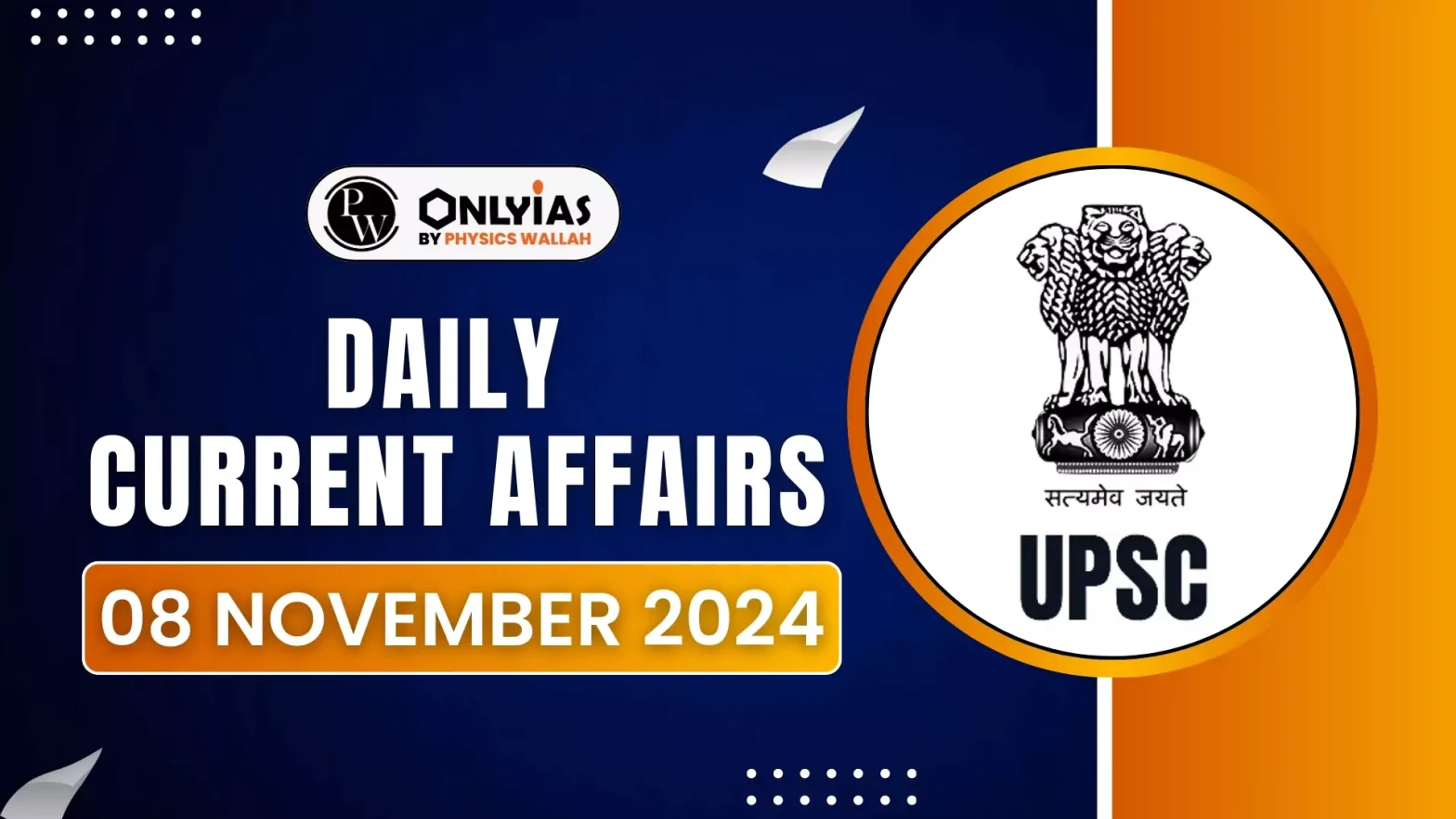Bengaluru city’s first digital population clock, which displays real-time estimates of the population of Karnataka and India, was inaugurated at the Institute for Social and Economic Change (ISEC).
Population Clock Features
- The clock is strategically placed at the entrance of ISEC to enhance public awareness of India’s rapid population growth.
- Real-time Population Count: Continuously updates the population based on real-time data, providing an up-to-the-minute view of the population size.
- Karnataka’s population will update every one minute and 10 seconds, while the national population count will refresh every two seconds.
- Demographic Data: Incorporates birth rates, death rates, and migration patterns to calculate the changes in population.
- Also account for other demographic factors such as life expectancy, fertility rates, and mortality rates.
- Global vs. National Clocks: Digital population clocks can be global (tracking the world’s population) or country-specific.
Enroll now for UPSC Online Course
Project Collaboration and Objectives
- The population clock is a joint initiative between ISEC and the Union Ministry of Health and Family Welfare (MoHFW).
- This clock is part of a larger national project by the MoHFW, setting up population clocks at 18 Population Research Centres (PRCs) across the country.
- Objective: It is aimed at raising public awareness on population growth and its implications for sustainable development.
- Significance: Intended to provide valuable, authentic data for researchers and scholars interested in demographic trends.
Establishment of Census Data Research Workstation
- Alongside the clock, a Census Data Research Workstation has been set up at ISEC, also overseen by the head of the Population Research Centre (PRC) at ISEC.
- The workstation offers access to comprehensive census data for researchers and students, enabling in-depth demographic studies and supporting policy planning.
- Equipped with advanced software and analytical tools, it facilitates detailed analysis of population trends and their impact on policy and development.
About Population Research Centres (PRCs)
- Established by: the Ministry of Health and Family Welfare (MoHFW), Government of India.
- Mandate: Provide research-based inputs for Health and Family Welfare Programs and Policies.
- Focus areas: Family planning, demographic research, biological studies, and qualitative aspects of population control.
- Research objectives:
- Understand population trends and dynamics.
- Evaluate the impact of family planning programs.
- Identify factors influencing fertility and mortality.
- Develop evidence-based recommendations for policy and program implementation.
- Activities:
- Conduct original research studies.
- Analyze existing data and literature.
- Disseminate research findings through publications and presentations.
- Collaborate with other researchers and institutions.
- Provide technical assistance to government agencies and NGOs.
- Network: 18 PRCs across India, located in universities and research institutes.
Check Out UPSC CSE Books From PW Store
- Contributions:
- Inform policy decisions and program design.
- Strengthen the evidence base for population and health interventions.
- Build capacity in population research and analysis.
![]() 8 Nov 2024
8 Nov 2024

